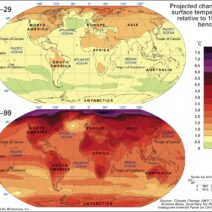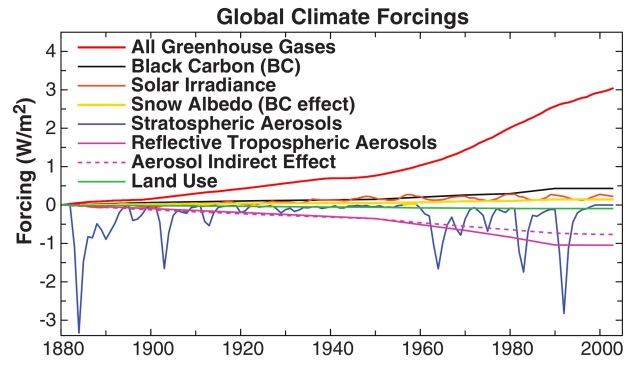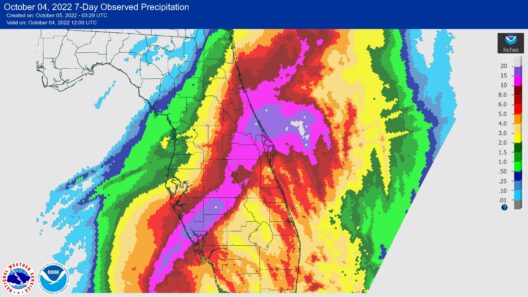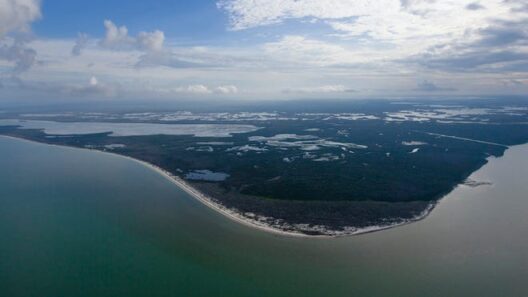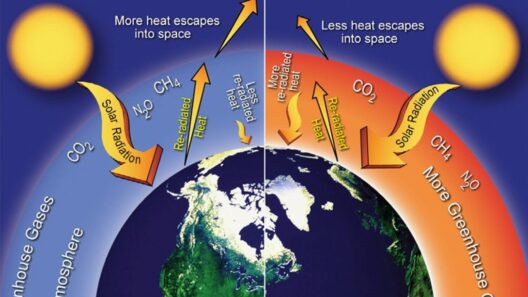In recent years, the issue of global warming has captivated public and scientific discourse alike. As climate change becomes an ever-more pressing topic, there remains a pervasive inquiry: Could global warming be part of a natural climate cycle? This question opens a plethora of avenues for exploration, from ancient climate history to modern scientific evidence, each contributing to our understanding of the Earth’s climatic systems.
To unpack this complex topic, it is important to first establish what is meant by a natural climate cycle. The Earth’s climate has undergone significant fluctuations over geological timescales. Periods of warmth, such as the Mesozoic Era, contrast dramatically with ice ages, during which the planet has been shrouded in glaciers. These variations have arisen due to a variety of factors, including tectonic shifts, solar radiation changes, and the Earth’s orbital mechanics—known as Milankovitch cycles. This inherent variability can lead to the misconception that current trends in global warming are merely the latest iteration of a natural cycle.
Interestingly, while it is undeniable that natural cycles exist, the current trajectory of warming presents anomalies when juxtaposed with historical data. For example, research indicates that although temperatures do indeed fluctuate, the speed at which contemporary warming is occurring is unprecedented in the last 800,000 years. This rapid increase points towards anthropogenic influences, particularly the surge in greenhouse gas emissions since the Industrial Revolution.
One must consider the pivotal role of fossil fuel combustion and deforestation in accelerating the greenhouse effect. Carbon dioxide and methane, both potent greenhouse gases, have dramatically increased in concentration due to human activities. This anthropogenic input amplifies the natural greenhouse effect, leading to disproportionate warming that deviates from historical patterns. The consequence? A significant rise in global temperatures that cannot be solely attributed to natural cycles.
Moreover, the concept of feedback loops merits elaboration. As temperatures ascend, polar ice caps and glaciers begin to melt, reducing the Earth’s albedo effect—the ability to reflect sunlight. Darker ocean waters or land masses, exposed due to the melting ice, absorb more solar radiation, creating a self-reinforcing cycle. This phenomenon discernibly illustrates how human-induced changes can interact with natural systems, exacerbating warming trends.
Despite the compelling evidence spotlighting human contributions to climate change, some proponents still posit that the current warming may be simpler to accept as part of cyclical patterns. They often reference geological records where warming and cooling epochs have occurred without human interference. Such arguments neglect key nuances. The timescales of these historical shifts span millennia; current warming is strikingly rapid, indicating a distinct separation between natural variability and anthropogenic impact.
Understanding climate change doesn’t only involve recognizing changes in temperature. It also necessitates monitoring myriad environmental consequences. Ocean acidification, species extinction, and extreme weather events align with the patterns of warming, inextricably linking them to current climate dynamics. These cascading effects arise because ecosystems are adaptable but often do not evolve quickly enough to cope with the pace of change instigated by human actions.
Furthermore, utilizing Comparative Analysis underscores the disparities between natural and anthropogenic warming. Studying past warming events allows scientists to create models that predict future climatic patterns. For example, during the last interglacial period, temperatures were higher than today, but carbon dioxide levels then reached only around 280 parts per million—much lower than today’s levels exceeding 400 parts per million. This comparison exemplifies that while natural cycles can lead to warming, the mechanisms and characteristics of today’s warming are dissimilar.
Another aspect to consider is the public’s perception of climate cycles versus human activity. Campfires of skepticism often emerge in discussions regarding these shifts. Misinformation lurks in the shadows, as some might argue that because the Earth has always gone through cycles, current warnings about climate change are exaggerated or unfounded. This perspective fails to reconcile the context of rapid industrialization and its profound implications on climate systems.
Education plays a pivotal role in clarifying these misunderstandings. Empowering individuals with knowledge about how natural climate processes operate and how they differ from human-induced changes can catalyze more informed discussions about climate action. By elucidating the disparities, we help society to navigate the complexities of climate phenomena and engage in proactive measures.
Finally, proactive engagement with the topic can forge a path towards sustainable solutions. Acknowledging that while natural cycles exist, the current episode of climate change is driven fundamentally by human action can inspire collective action. Governments, corporations, and individuals have the capacity to mitigate impacts through transitional practices, such as renewable energy adoption, sustainable agriculture, and robust conservation strategies.
In conclusion, the inquiry into whether global warming is part of a natural climate cycle reveals a tapestry of interconnectedness. While natural cycles do exist, the overwhelming evidence suggests that today’s climate dynamics are significantly influenced by anthropogenic factors. Understanding this distinction is crucial for fostering informed discourse and encouraging action towards sustainable solutions. The road forward demands not only recognition of the past but also a commitment to engage meaningfully with the present challenges we face.
